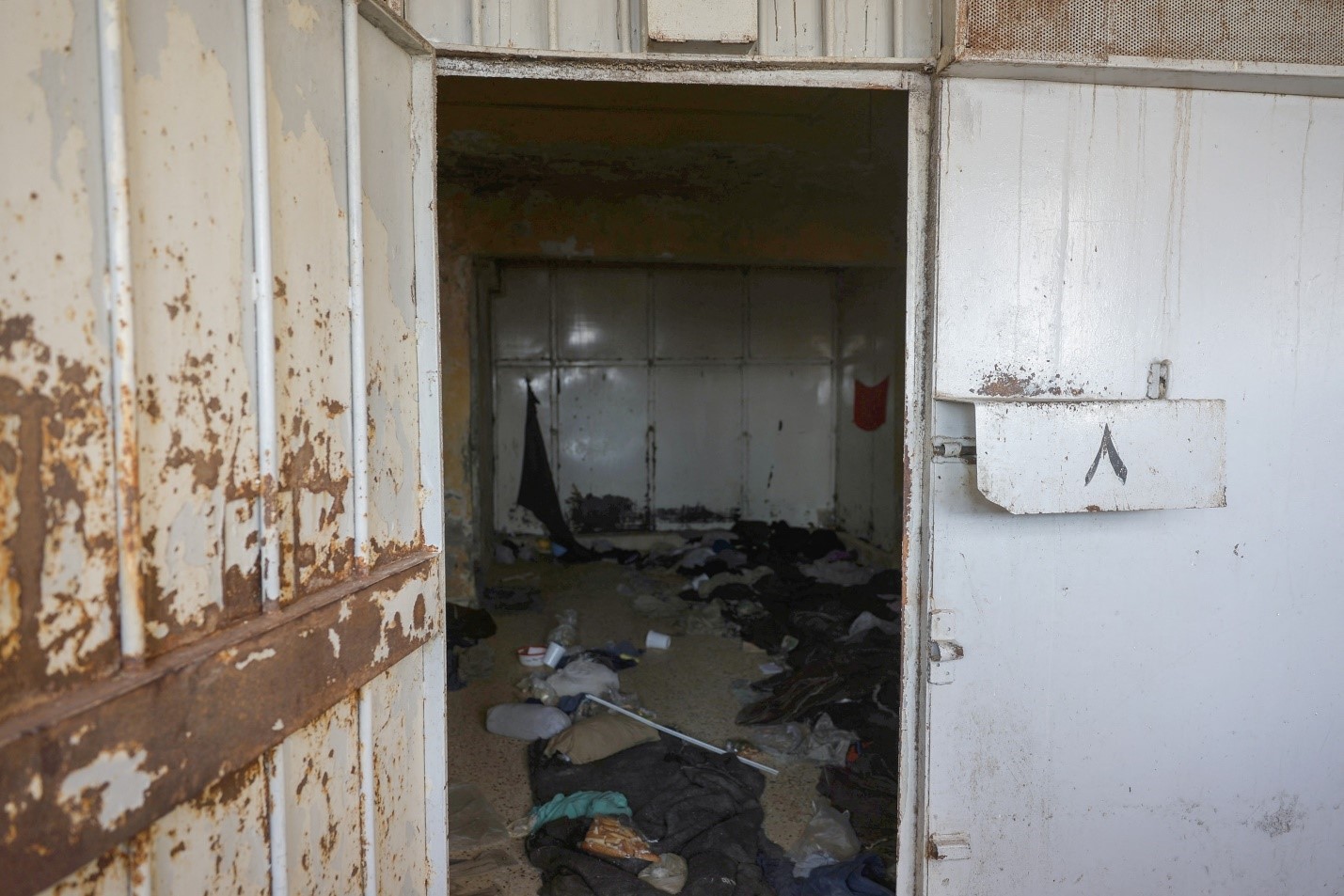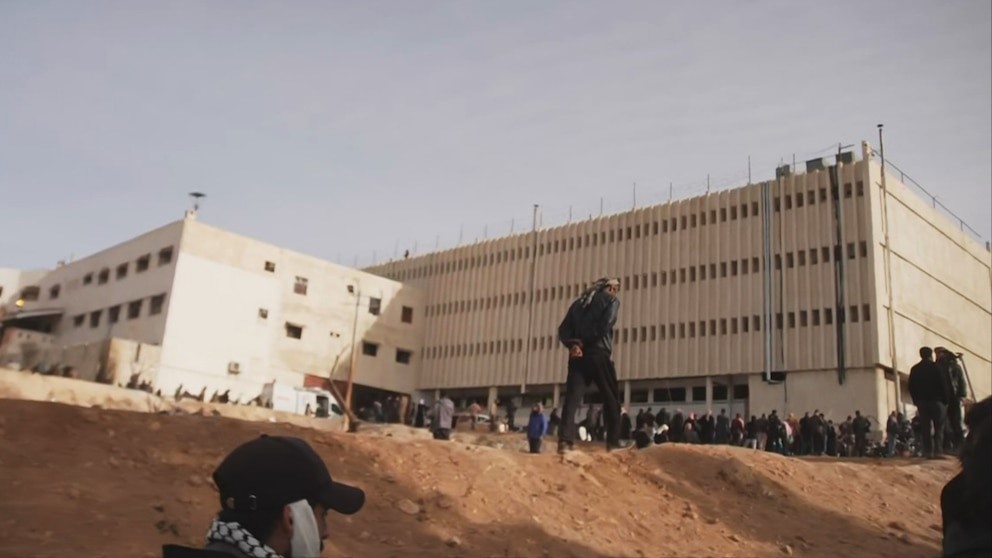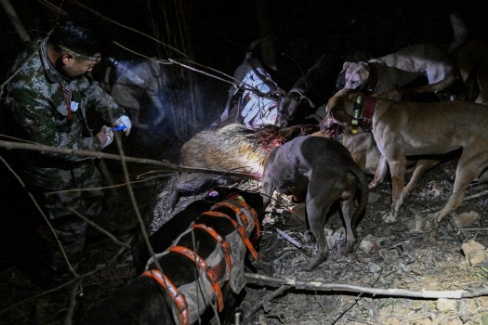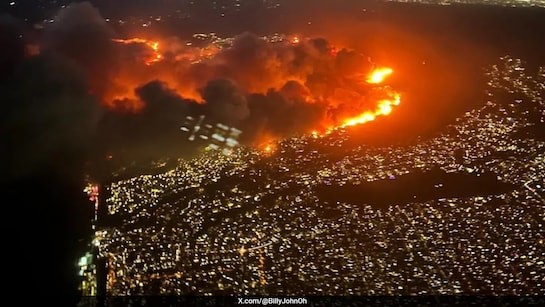Saydnaya Prison looms on a desolate hill, just half an hour from Damascus, embodying the sinister heart of Bashar al-Assad’s regime. Its recent repainting in the green, white, and black of Syria’s revolutionary flag has done little to cleanse its grim legacy. For years, this fortress of despair symbolized the regime’s brutality, where tens of thousands of Syrians vanished without a trace.
According to the sources of Leaders team, tt is estimated that over 30,000 detainees perished within Saydnaya since the Syrian war began. These victims form part of the more than 100,000 people—men, women, and even children—who disappeared into Assad’s sprawling prison network. Unlike other detention centers that permitted family visits or phone calls, Saydnaya represented the darkest corner of Assad’s coercive machinery, a place of unrelenting torture, silence, and execution.
A Prison Uncovered
Now, with the fall of Assad’s regime, Saydnaya has been breached, revealing horrors few could have imagined. Its corridors and cells, stinking of urine and despair, speak to years of inhuman suffering. Men were denied access to basic latrines, forced to urinate into plastic bags. Rags, filthy blankets, and decaying uniforms littered the floor—all that remained of lives extinguished in agony. Volunteers picking through this wreckage struggle to piece together the truth of what transpired.
In a desperate effort to preserve evidence, a group of volunteers led by musician Safana Bakleh donned masks and gloves to search for scattered records. They comb through tattered documents strewn across prison yards and offices, hoping to find names or dates—clues for grieving families.
“Even if one family finds out their loved one died in the hospital or here, it is enough for me,” Safana explained, frustration in her voice. The chaos of the prison highlights the urgency of their task. International human rights groups remain absent, and the regime’s final days appear marked by attempts to destroy evidence of its crimes.

Grief and Rage
For Syrians wandering Saydnaya’s shattered halls, the need for justice burns as intensely as their grief. Widad Halabi, a volunteer, broke down in tears after hours of searching.
“What I’ve seen here is a life unfit for humans,” she sobbed. “The smell… the clothes… how did they live like this? How did they breathe, eat, feel?”
The prison’s ruin is a symbol of a broken nation, yet the anger it stirs could drive the next chapter of Syria’s story. Ahmed, a former Saydnaya prisoner searching for his brother, shared haunting memories of torture and starvation. Beside him, Mohammed Radwan, also seeking family, demanded justice: “Everyone who served here—even those cleaning—must be brought to account.”
Rumors about freezer trucks carrying bodies out of Saydnaya on the regime’s last night underscore the scale of the horror. Though unverified, they reflect a widespread belief that truth remains buried beneath layers of secrecy and denial.
The Demand for Justice
Syrians’ calls for justice grow louder as families search for answers. Mohammed Khalaf, an older man looking for his son, spoke for thousands:
“People have come from all over… we just want to know. If they are dead, they should give us their bodies.”
Meanwhile, Hassan Abu Shwarb, who survived 11 years of torture, reflected on his release with mixed relief and resolve.
“We are human souls, not stones. Those who killed should be publicly executed,” he said firmly. For Hassan and countless others, healing can only begin when the regime’s perpetrators face justice.
Syria’s Crossroads
The fall of Assad has left Syria at a crossroads. Decades of corruption have hollowed out the economy, leaving the new leadership with immense challenges—including demands for accountability. Families, volunteers, and survivors are united in their insistence that justice for the past must form the foundation of a better future.
The grim revelations of Saydnaya are a reminder of the immense suffering inflicted under Assad’s rule. Yet, as Syrians sift through its wreckage, they cling to a fragile hope—that documenting these crimes will ensure the truth endures, and that one day, those responsible will face their reckoning.
As per the reports of Leaders team, for now, Saydnaya remains both a monument to unimaginable cruelty and a symbol of Syria’s resilience in the face of overwhelming darkness. The road ahead will be long, but Syrians’ hunger for justice may light the way.









